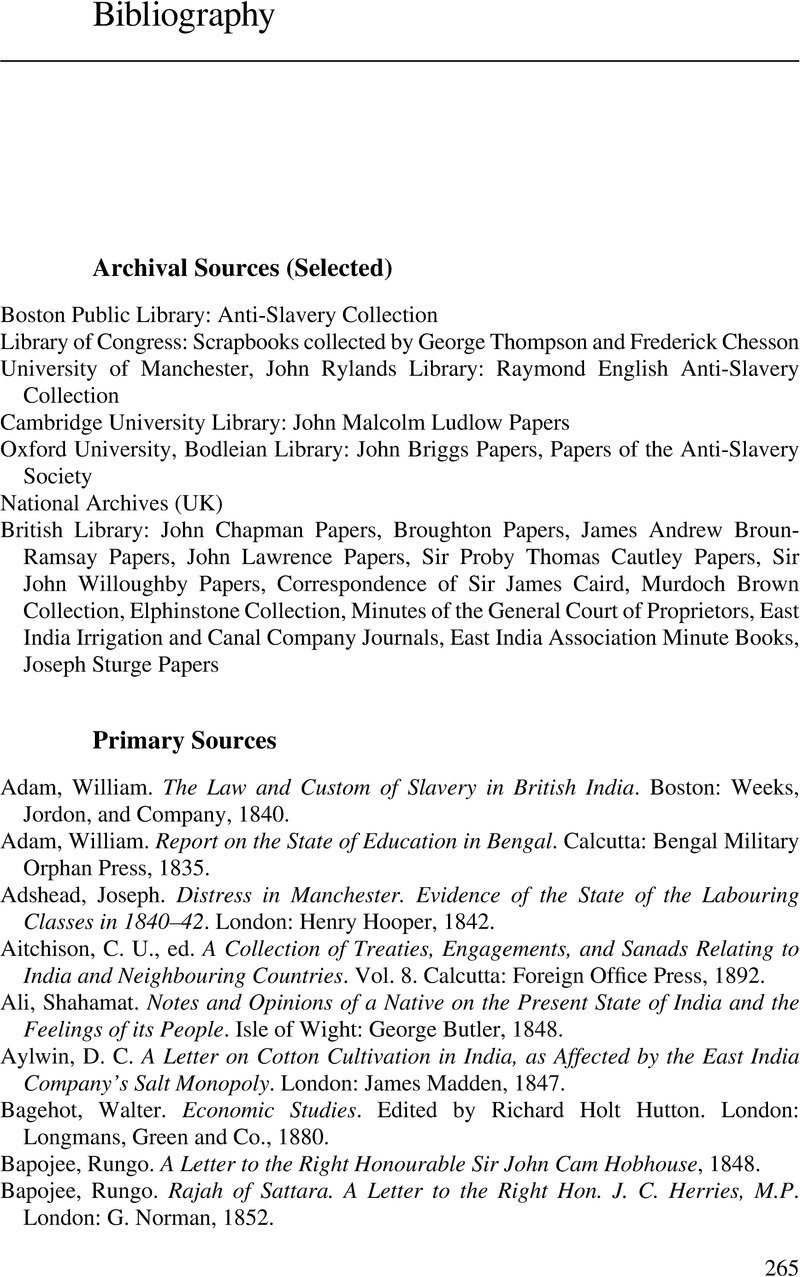Book contents
- Ethical Empire?
- Ethical Empire?
- Copyright page
- Contents
- Figures and Table
- Preface and Acknowledgments
- Association Abbreviations and Key Membership
- Introduction
- 1 The Origins of Reform
- 2 “A Blot on English Justice”
- 3 Public Works, Publicity, and the Search for a New State-Idea
- 4 Reformist Collaboration and the Formation of an Imperial Civil Society
- 5 Anomalous Annexations
- 6 Politicizing Decline
- 7 Radical Reformism and the Challenge of Capitalist Complacency
- Epilogue: Integrating the Empire
- Bibliography
- Index
- References
- Ethical Empire?
- Ethical Empire?
- Copyright page
- Contents
- Figures and Table
- Preface and Acknowledgments
- Association Abbreviations and Key Membership
- Introduction
- 1 The Origins of Reform
- 2 “A Blot on English Justice”
- 3 Public Works, Publicity, and the Search for a New State-Idea
- 4 Reformist Collaboration and the Formation of an Imperial Civil Society
- 5 Anomalous Annexations
- 6 Politicizing Decline
- 7 Radical Reformism and the Challenge of Capitalist Complacency
- Epilogue: Integrating the Empire
- Bibliography
- Index
- References
Summary

Information
- Type
- Chapter
- Information
- Ethical Empire?India Reformism and the Critique of Colonial Misgovernment, pp. 265 - 289Publisher: Cambridge University PressPrint publication year: 2023
